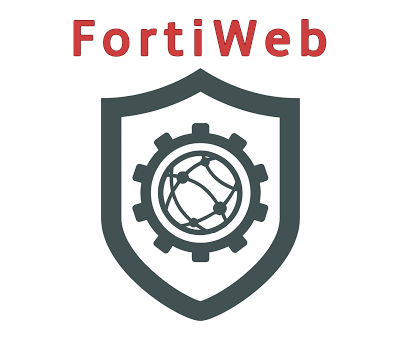Today’s applications are often available over various networks and connected to the cloud, increasing vulnerabilities to security threats and breaches. Application security can be applied during all phases of development, including design, development, and deployment. It can also involve security standards, tools, procedures, and systems to protect applications in production environments.

API Protection
APIs are essential for modern web applications, but they also introduce additional risks and vulnerabilities. Attackers can exploit flaws in the design or implementation of APIs to gain unauthorized access or manipulate data.
Why is API Protection important?
API protection is a vital aspect of web application security, as it ensures the confidentiality, integrity, and availability of the API service and its data. By implementing API protection measures throughout the API lifecycle, organizations can reduce and prevent security breaches and external threats.
API Protection Features:
- Strong Authentication and Authorization
- Schema Validation
- Encryption

Application Delivery Controllers
Protect applications from cyberattacks by filtering out malicious requests, preventing unauthorized access, and mitigating denial-of-service (DoS) and distributed denial-of-service (DDoS) attacks.
Reduce operational costs by saving bandwidth, improving server efficiency, and simplifying management and maintenance of web applications.
Why is ADC important?
By implementing ADCs in the network infrastructure, businesses can improve the customer satisfaction, competitiveness, and profitability by reducing latency, increasing throughput, and delivering consistent and reliable service for web applications.
ADCs Features:
- Enhance User Experience
- Protect Applications from Cyberattacks
- Reduce Operational Costs

![]()

Application Performance Monitoring (APM)
APM can help to ensure that applications maintain expected service levels and that customers receive a positive application experience.
Why is APM important?
With APM, you can deliver real-time data and insights into the performance of applications, enabling IT teams, DevOps, and site reliability engineers to quickly pinpoint and troubleshoot application issues.
APM can help improve the customer experience by identifying and resolving issues that affect the application’s functionality, usability, and responsiveness.
Application Performance Monitoring (APM) Features:
- Effective Product Development
- Reduced Operating Costs
- Rapid Diagnosis
- Customer Satisfaction




Full Life Cycle API Management & Application Security Testing (AST)
Today’s applications are often available over various networks and connected to the cloud, increasing vulnerabilities to security threats and breaches. By implementing AST measures throughout the SDLC, organizations can minimize and prevent security risks and external threats.
Types of AST tools:
- Static Application Security Testing (SAST)
- SAST scans binary code or application source code when the application is not running to find vulnerabilities based on design or implementation.
- Dynamic Application Security Testing (DAST)
- DAST scans running applications by simulating real-world attacks to find vulnerabilities based on behavior or response.
- Interactive Application Security Testing (IAST)
- IAST combines SAST and DAST by using agents or sensors within the application to monitor its behavior and identify vulnerabilities in real time.
AST Features:
- Improved Security and Software Quality
- Protection of Sensitive Data
- Reduced Risk of a Security Breach
- Effective Product Development




Web Application Firewall
Web applications are often exposed to various security threats and breaches, such as injection attacks, cross-site scripting, broken authentication, unauthorized access, data leakage, denial-of-service (DoS) attacks, and more. These attacks can compromise the functionality, availability, and integrity of the web applications, as well as the sensitive data they handle. This can result in financial losses, legal penalties, reputational damage, and customer dissatisfaction for the businesses that rely on them.
Web Application Firewall Features:
- Prevent or Mitigate Attacks
- Comply with Regulations
- Improve Performance





